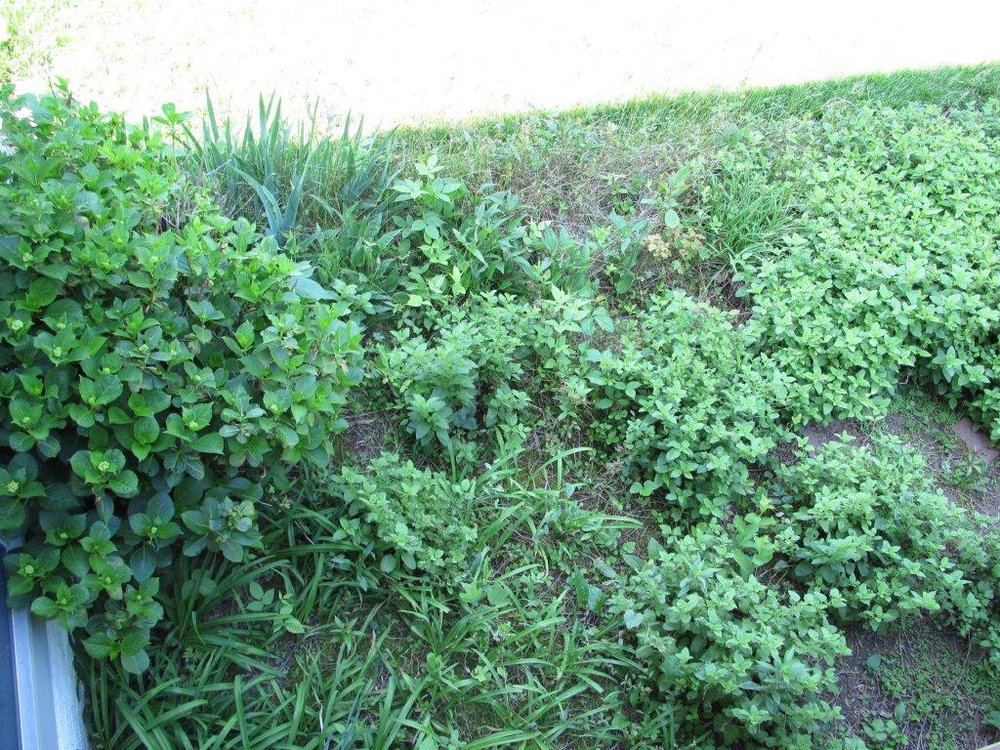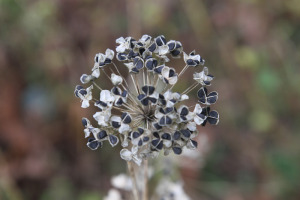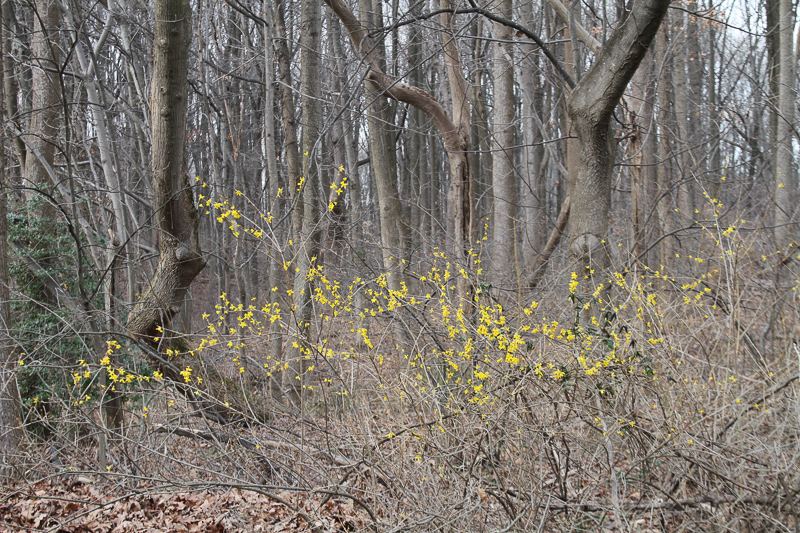 I feel a lot like Kate Greenway - “I can really boast with truth that we have larger and more varied weeds in our garden than you have in yours - in fact, our garden has forgotten that it is a garden and is trying to be a field again.” The garden patch at the corner of our house is totally overgrown. I took a picture of it a month ago to use as a ‘before’ because I was going to start working on it (photo on left). I made a valiant start but got busy preparing for our house painting so the ‘after’ picture is not much improved (photo below). I’ll start work again this coming week.
I feel a lot like Kate Greenway - “I can really boast with truth that we have larger and more varied weeds in our garden than you have in yours - in fact, our garden has forgotten that it is a garden and is trying to be a field again.” The garden patch at the corner of our house is totally overgrown. I took a picture of it a month ago to use as a ‘before’ because I was going to start working on it (photo on left). I made a valiant start but got busy preparing for our house painting so the ‘after’ picture is not much improved (photo below). I’ll start work again this coming week.
This garden started out quite well with large flat pavers outlining it and bricks making squares for herbs. Some of the herbs survive - the chives, the mint, and the lemon balm (particularly the lemon balm). The day lilies have not done so well the past few years because there is too much competition from other plants. The hydrangeas are holding their own but could be tremendously more vigorous if they didn’t have so much growing into them.
The biggest culprits (weeds) that I can name are the honey suckle and blackberries. I dislike the blackberries the most because they have thorns. They could redeem themselves if they had substantially sized berries but they don’t. There are a lot of other things growing in the bed that I don’t know what they are but I know that I didn’t plant them. I am going to be quite ruthless about cleaning it out and then plant some other things there. When the mint was vigorous it kept out a lot of the other plants and I like to have the mint to cut up for making herbal tea. This year I’m going to cut the lemon balm more often to eat in salads so perhaps it won’t be so out of control. If it isn't allowed go to seed, it may not be quite so thick next year.
 There is a sycamore tree at the edge of the garden furthest from the house. When it first came up, I kept cutting it off at ground level but then decided to let it grow. It is becoming a nice tree and should get tall enough to shade the west facing dining room window; it's a full story above ground so it will take a few more years of growth to shade the full window. I'll have to move the day lilies that like full sun but the hydrangeas should thrive in the shady space under the tree. Some gardening is all about control over plants; other gardening is about appreciating the serendipity of a tree coming up in a good place for a tree!
There is a sycamore tree at the edge of the garden furthest from the house. When it first came up, I kept cutting it off at ground level but then decided to let it grow. It is becoming a nice tree and should get tall enough to shade the west facing dining room window; it's a full story above ground so it will take a few more years of growth to shade the full window. I'll have to move the day lilies that like full sun but the hydrangeas should thrive in the shady space under the tree. Some gardening is all about control over plants; other gardening is about appreciating the serendipity of a tree coming up in a good place for a tree!
 Maryland in December is the time for the trees to take on their winter starkness. All the leaves are gone from the trees in the forest and the sycamore in our garden.
Maryland in December is the time for the trees to take on their winter starkness. All the leaves are gone from the trees in the forest and the sycamore in our garden.
 More of the onion seeds have been rattled out of their pods.
More of the onion seeds have been rattled out of their pods.

































